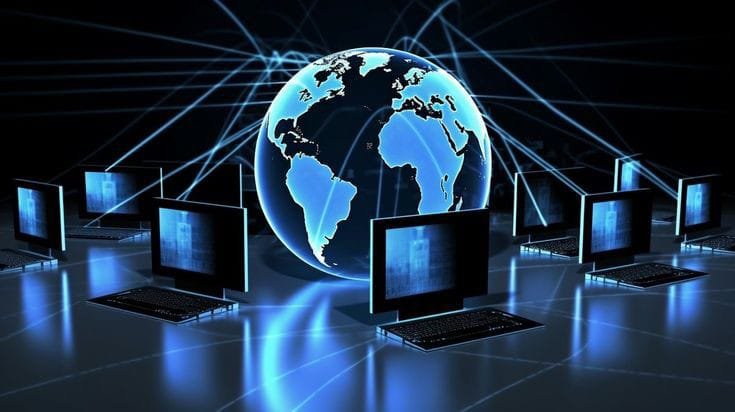IntroductionTechnology is the use of scientific knowledge for practical purposes. It refers to the tools, systems and inventions aimed at solving problems, increasing productivity, and modernizing life. Following is a technology outline:

Types of Technology
Information technology is concerned with computers, software, and networks, with technology examples like cloud computing, cybersecurity, and databases. Communication technology is the process of sharing information via technology like smartphones, the internet, and social media. Biotechnology combines biology and technology for the improvement of health, agriculture, and medicine, which may include examples like genetic engineering, vaccines, and lab-grown meat. Energy technology is concerned with the continued production and usage of sustainable energy, with examples such as solar panels, wind turbines, and batteries. Artificial intelligence involves machines that can do things that would require human intelligence, including learning and reasoning, and preparing solutions to problems. Examples of Artificial Intelligence include ChatGPT, self-driving cars, and recommendation systems. Manufacturing technology is focused on automation and machines that help make the production process more efficient. Examples of manufacturing include 3D printing, robotics, and assembly lines.
Importance of Technology
Technology for communication has changed communication today by allowing us to communicate with the world at a moment’s notice through email and video conferencing. Technology in medicine has also created devices and treatment processes that save lives.Educational technology allows for easier access to knowledge through online learning.It also improves efficiency through process automation in areas like agriculture and manufacturing. Finally, technology enhances entertainment through advances like virtual reality, augmented reality, and video streaming.
Emerging Technologies
Artificial intelligence and machine learning allow systems to learn from data and simulate human decision-making.Blockchain provides secure and decentralized digital record-keeping and applications like cryptocurrencies and supply chain systems.Quantum computing has potential for amazing processing power for cryptography and complicated simulations.The Internet of Things permits a network of connected devices that share data and what can be seen in smart homes and wearables for monitoring health.The rise of 5G is indicative of much faster connectivity that will enable innovations like smart cities and autonomous vehicles.
Challenges in technology
Regarding the challenges with technology, cybersecurity risks like breaches and hacking pose threats.Ethical implications with privacy, AI bias, and the misuse of technology are limitations. The digital divide is indicated by technology access disparity in parts of the world and even across the country. Lastly, automation can pose challenges when taking away previous jobs.
Future of Technology
The Future of TechnologySpace Exploration is an ever-evolving reality; with our spacecraft and missions to Mars, we are unlocking the secrets of the universe. Sustainable Technology aims to tackle climate change efforts globally. Human enhancement includes any integration of wearable technology or a brain-computer interface. Expanding global connectivity focuses on leveraging the technology using satellite networks to help bridge the digital divide.
In conclusion
technology plays two important roles in shaping the world we live in, affecting progress across industries and improving quality of life. Whether through communication, healthcare, education, or entertainment, technology impacts nearly all aspects: it can be as small as just a simple app or device or as large as the newest space exploration. No matter how you look at it, foundations of emerging technology like AI, blockchain, and quantum computing, technology will continue to evolve, ensuring a stronger future; however, as with anything, there are some important issues to face, namely cybersecurity issues, the ability to maintain sufficient ethical standards, and bridging the gap of the digital divide, among others. The future of technology, like past technology, will continue to identify, embraced, and raise “innovate” efforts to ensure we remain on a path of sustainability, connectivity, and equitable use to not forget that it must be included as part of the design so that all can benefit from this use!
basic information about businesses ttps://hannagolden.com/2025/01/25/businesses/

